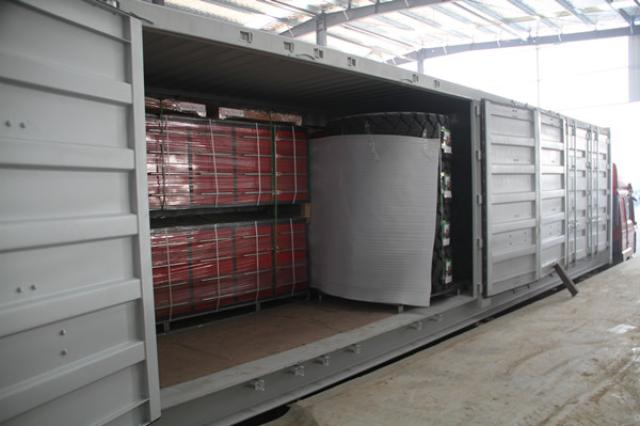
 English
English  简体中文
简体中文 Español
Español Português
Português русский
русский Français
Français 日本語
日本語 Deutsch
Deutsch tiếng Việt
tiếng Việt Italiano
Italiano Nederlands
Nederlands ภาษาไทย
ภาษาไทย Polski
Polski 한국어
한국어 Svenska
Svenska magyar
magyar Malay
Malay বাংলা ভাষার
বাংলা ভাষার Dansk
Dansk Suomi
Suomi हिन्दी
हिन्दी Pilipino
Pilipino Türkçe
Türkçe Gaeilge
Gaeilge العربية
العربية Indonesia
Indonesia Norsk
Norsk تمل
تمل český
český ελληνικά
ελληνικά український
український Javanese
Javanese فارسی
فارسی தமிழ்
தமிழ் తెలుగు
తెలుగు नेपाली
नेपाली Burmese
Burmese български
български ລາວ
ລາວ Latine
Latine Қазақша
Қазақша Euskal
Euskal Azərbaycan
Azərbaycan Slovenský jazyk
Slovenský jazyk Македонски
Македонски Lietuvos
Lietuvos Eesti Keel
Eesti Keel Română
Română Slovenski
Slovenski मराठी
मराठी
What are the unique advantages of open side containers?
2025-07-22

An open side container is a specialized type of container equipped with openable doors on its side. Compared to traditional containers, it significantly enhances loading and unloading efficiency as well as cargo handling flexibility, making it widely used in scenarios such as the transportation of bulk cargo and oversized items. Its unique advantages are as follows:
Convenient and Efficient Loading and Unloading: The open side design allows forklifts or trucks to directly enter the interior of the container, reducing manual labor intensity and substantially shortening loading and unloading times. This is particularly advantageous in docks or warehouses with limited space.
Access for Oversized Items: It offers a wider opening width (e.g., 2,340 millimeters) than traditional rear doors, making it suitable for transporting oversized cargo that cannot pass through standard container doors, such as machinery and equipment, construction materials, or large industrial components.
Optimized Cargo Access: Cargo can be accessed from both sides, enabling quick retrieval of internal items without the need to move previously loaded goods. This improves warehousing and turnover efficiency, especially for frequently loaded and unloaded goods like food and spare parts.
High Space Utilization: The open side structure facilitates the division of the container into multiple functional areas (e.g., temporary shops, offices, or cafes), enhancing versatility while optimizing stacking and transportation density.
Broad Adaptability: It is suitable for maritime, land, and multimodal transportation scenarios. Customized designs (e.g., lightweight materials or enhanced sealing) can meet the needs of different cargo types, such as cold chain transportation or heavy-duty operations.
Reduced Cargo Damage: The loading and unloading process is smoother, minimizing collision risks and providing better protection for fragile cargo such as precision instruments and glassware.
Significant Cost-Effectiveness: It saves labor and time costs, improves overall transportation efficiency, and reduces long-term maintenance expenses through standardized design.



